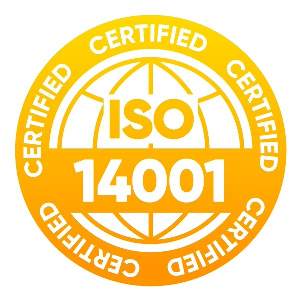Ergonomic assessments are an objective study of how employees work. The assessments help identify the ergonomic risks such as repetitive tasks that can cause strains, improper work area setup, and improper use of tools, which can result in the development of work- related musculoskeletal disorders (MSDs).
What is an Ergonomic Risk Assessment?
- Reviewing the current work design and organisational factors in your workplace
- Identifying and recording any ergonomic equipment requirements and, where appropriate, providing on-the-spot advice and assistance to attain optimum layout of the workstations from computer workstations to machine set-up in a production floor
- Environment assessment of lighting, noise, temperature and humidity levels
- Prepare the final report, which will include a detailed assessment of the work area as well as a general overview and key recommendations. This report is intended to assist in reducing the possibility of accidents and ill health by bringing identified hazards to the attention of the organisation
Do you need an Ergonomic Risk Assessment undertaken in your workplace?
- Have you ever conducted a risk assessment of your workstations?
- Are you in line with minimum legislative requirements in this area?
- Are any of your employees working in poor uncomfortable postures?
- Would you like Ergonomic Risk Assessments done by a competent person?
Benefits of Workplace Ergonomic Assessments
It assesses the risks and hazards associated with:
- The individual’s capacity or ability to do the required work: – does it require unusual capability; endanger those who are pregnant or with a health problem
- the task of work itself: – does the work, systems of work etc, need to be changed; are technological developments reasonably practicable to utilise; is it suited to the individual concerned; could less dangerously articles, substances and system be used.
- the work environment: - is there excessive heat, cold or slippery floors; are lighting levels adequate; is there restricted movement or posture constraints on employees; are there variation in floor/work levels, strong air currents etc.
- manual handling: - can it be avoided by company organisation or mechanisation; where unavoidable, can other reasonable practicable methods such as mechanical aids be utilised; are employees instructed, trained and informed where manual handling is unavoidable; are they fitted for, and using, PPE etc.
- office work stations; chemical safety; VDUs; hazardous substances, articles etc.














